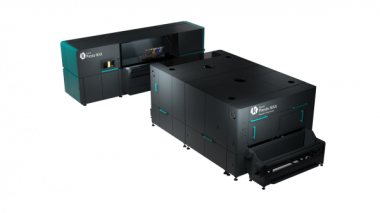Stahl to set Scope 3 carbon emission targets by mid 2022
Stahl, an active proponent of responsible chemistry, today announces that – by the end of Q2 2022 – it will extend its GHG reduction targets to cover Scope 3 emissions. This step underlines Stahl’s commitment to aligning its strategy with the 2015 Paris Climate Agreement goals, updated at the recent COP26 in Glasgow.
Between 2015 and 2020 Stahl reduced its Scope 1 and 2 (direct) GHG emissions by 37%, and has committed to a further 2% reduction each year to 2030. Scope 3 emissions cover all the indirect emissions that can occur in a company’s value chain, including raw material acquisition, transportation, and the end-of-life impact of its products. By focusing on Scope 3 emissions, Stahl is committing to de-fossilizing its supply chain and ensuring further accountability for its total environmental impact.
Michael Costello, Stahl Group ESG Director: “Only by focusing on reducing Scope 3 emissions can we accurately align our de-fossilization strategy with the global goal of limiting global average temperature increase to 1.5°C, as agreed at the 2015 Paris Climate Agreement and the COP26 in Glasgow. We look forward to working with partners across our industry and value chain to make this happen.”
Stahl Holdings B.V.


















